William Maley
Staff Writer - CheersandGears.com
August 7, 2012
Mitsubishi, a brand that was riding high in the early to mid-nineties with vehicles like the Eclipse, Galant, Montero, and Diamante has fallen into obscurity very rapidly. In the same time frame, the crossover utility vehicle has become the ubiquitous go-to car for many American shoppers. As arguably one of the mostly hotly competitive sales segments, Mitsubishi's challenge is to make a stand out vehicle for shoppers drowning in a sea of model names.
To overcome this challenge, Mitsubishi has brought not one, but two distinct crossovers; the Outlander and Outlander Sport. But, does standing out help or hurt a crossover like the Outlander or Outlander Sport. To find out, a 2012 Mitsubishi Outlander GT S-AWC was dropped off for a week long evaluation.
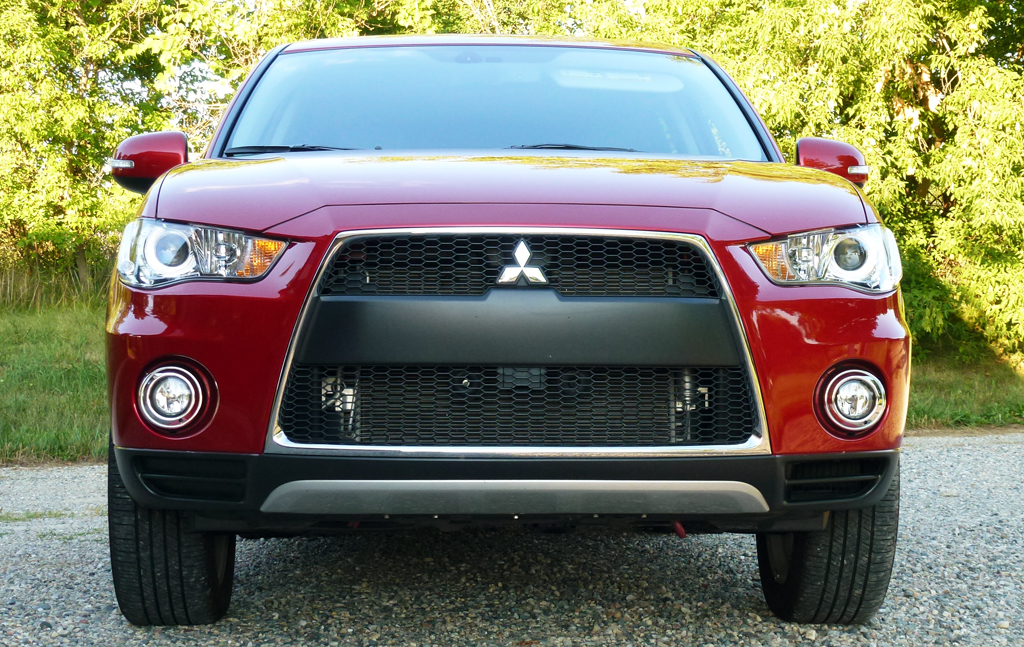
Next: The Outside Story
Exterior
Mitsubishi’s most well known model in production is arguably the Lancer Evolution. As such, you can hardly blame Mitsubishi for taking that look and injecting it into the rest of their lineup. The GT’s front end appears to be directly lifted from the Evolution, with its large, bold grille and chrome bar running around the perimeter. A set of projector headlights and fog lights sit on either side. On the side, flared wheel arches conceal a set of eighteen-inch alloy wheels, standard on the GT. The back end has angled d-pillars and chrome-like taillights.
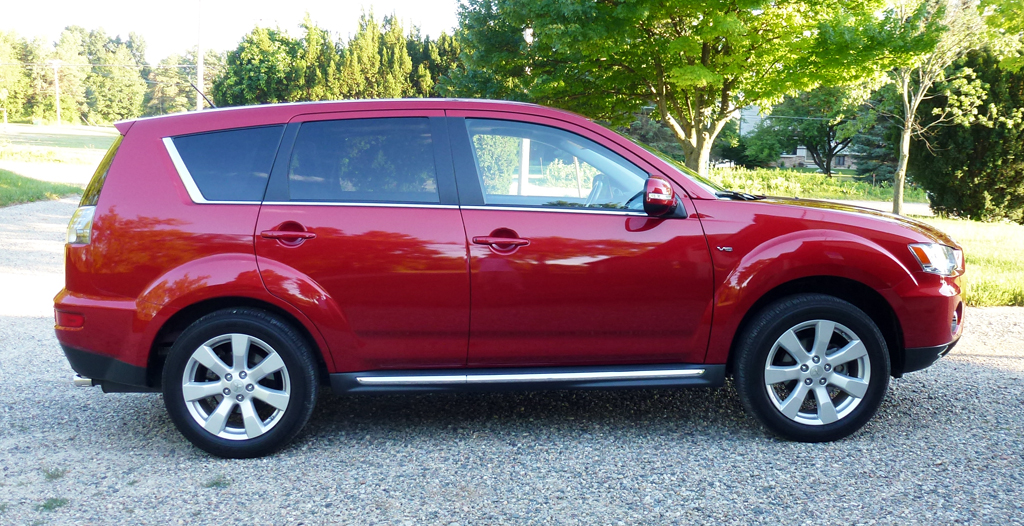
Another design consideration Mitsubishi made with the Outlander GT was practicality. That’s very evident with the spilt opening tailgate. The rear window flips up while the tailgate base flops down. In most cases, this design would make it harder to get items into the back of a vehicle. But Mitsubishi designers made the base as short as possible to make it a non-issue.
Visually, the Outlander is an interesting mix of Lancer Evolution DNA blended with the practicality of a crossover.
Next: Welcome to the Interior
Interior
At first glance, the Outlander GT scores very high with its interior. The design is very bold with a curved dash, and the use black and silver trim throughout. However, look and touch the interior a little bit closer and you realize there was some cost cutting.
Opening the door to enter or exit the Outlander GT, you’ll notice the hollowness and tinny noise of the doors. This would be ok for a vehicle built in the 1980s, not for a vehicle built in 2012.
Materials used throughout the vehicle range from ok stitched leather-like material to hollow, cheap plastics that are used in most parts of the dashboard. Build quality is mostly good, with no outrageous panel gaps or missing pieces.
Our Outlander GT tester was equipped with a Navigation package that brought forth a five-inch touchscreen with a 40 GB hard drive for music storage and a backup camera. The interface and graphics felt a full decade behind the times and moving around was a pain due to the small buttons on either of the screen. Sound quality was a positive thanks to the 710-Watt Rockford Fosgate audio system which comes as part of the optional Premium package.
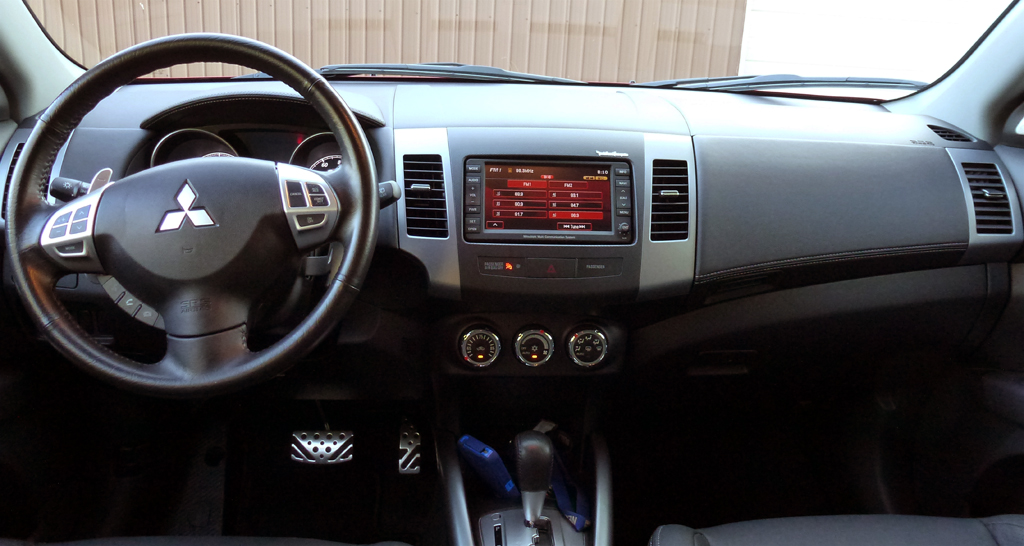
Another disappointment was there was no standard Bluetooth or a USB/Aux jack in our test Outlander. Bluetooth is prewired and the buttons to use the system are on the steering wheel. Also, the only aux jacks in the vehicle were RCA jacks. The only way to get USB and Bluetooth is to order the FUSE Hands-free Link System. With an as tested price of $33,605, it is not unreasonable to expect all of these features to be included.
As for comfort, the Outlander is a mixed bag depending on where you end up sitting. The front seats are soft, come heated, and provide a surprising amount of bolstering. The driver gets six-way adjustment and lumbar. The second row provides adjustment for recline and whether you want more legroom or cargo space. There is a third-row seat, but that is realistically for emergencies when you have to seat small kids. Trying to fit my 5’7 frame into the back seat was easier than expected. However, I wasn’t comfortable at all. Especially considering my knees were up to my nose.
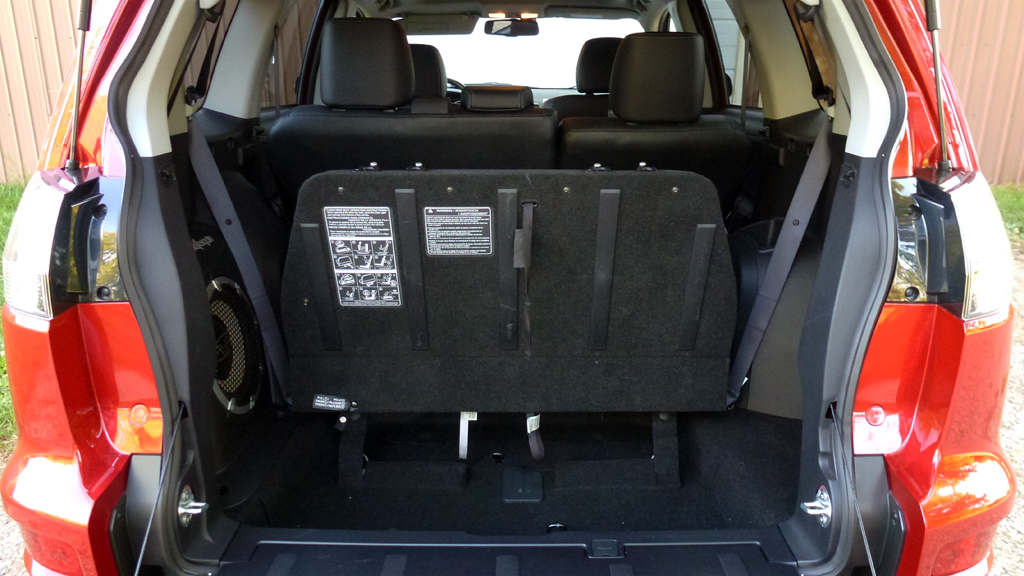
Next: A Peek Under the Hood
Powertrain
The Outlander comes with the choice of either a four-cylinder or V6 motor. Our Outlander GT was equipped with the 3.0L MIVEC V6 producing 230 HP and 215 lb-ft of torque. The power is sent through a six-speed automatic to all four wheels courtesy of Mitsubishi’s S-AWC system.

Compared to its rivals, the Outlander GT is a bit down on power. That’s very evident when leaving a stop or making a pass as the V6 has to dig deep in RPMs to get the power. However the 3.0L V6 is very smooth, albeit a bit noisy. The six-speed automatic does its best to keep you in the power and delivers very smooth shifts. Mitsubishi also fitted magnesium paddle shifters from the Evolution to have a bit of fun. While very cool and fun to use while driving, I don’t see many owners using them at all.
And we get to final piece of the Outlander GT’s powertrain, the S-AWC system. S-AWC or Super All Wheel Control is one of Mitsubishi’s AWD systems that use a central differential to send power to whichever wheel to help improve traction. Also, S-AWC comes with a knob in the Outlander GT that changes the settings for the system for whatever weather conditions you find yourself in. The system has three settings; Tarmac, Snow, and Lock. The lock setting locks the central differential and provides increased traction for the worst conditions. This means the Outlander can actually go off-road unlike other crossovers.
Fuel economy on the 3.0L is 19 City/25 Highway/21 Combined. My average for the week was a surprising 23.5 MPG.
Next: Time to Drive
Ride & Drive
The Outlander GT was a bit of surprise on how much fun it was. The suspension is very firm and the steering is nicely weighted for enthusiastic driving. Combine those two items with the S-AWC system and six-speed automatic, and you have a very capable and fun crossover.
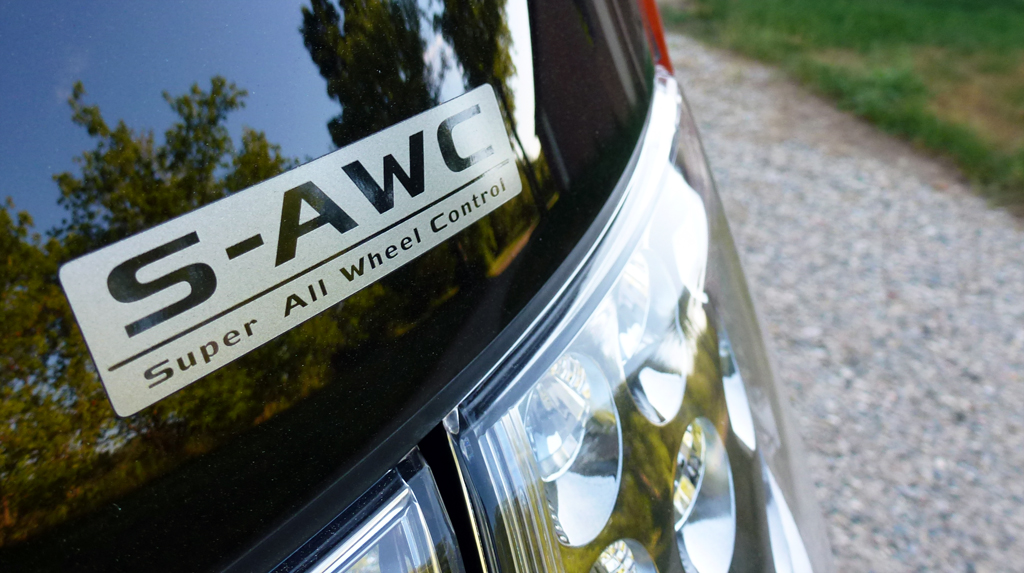
However, that firm ride does mean you will feel every single bump and distortion out on the road. Also, those looking for quiet ride should look away from the Outlander GT. There is too much tire noise at any speed and an abundance of wind noise when on the freeway. Engine noise is minimal.
Next: And the Verdict...
Verdict
Style over substance? That was how I was going to start the verdict of the Mitsubishi Outlander GT, but then I thought about and changed it to this: style with a little bit of substance over substance?
Why? Well, besides having a distinct exterior and interior design, the Outlander GT does bring forth some very good items. Those include the S-AWC system, comfortable seating (except for the third row), and a fun drive.
However, you need much more than style and some substance to make a vehicle standout in its class. And in the case of the Outlander GT, it falls flat. Certain things like the stiff ride can be fixed by ordering a different model than the GT. But other items like the interior quality and engine make the Outlander feel old and outclassed.
Mitsubishi has shown a new Outlander at the Geneva Motor Show earlier this year. Underneath the Outlander’s new sheetmetal lies a new vehicle architecture and will have the choice between gas and plug-in hybrid power. The new Outlander also gets revised interior and new safety equipment. The question is will the new Outlander be able to fix the problems of the current one?
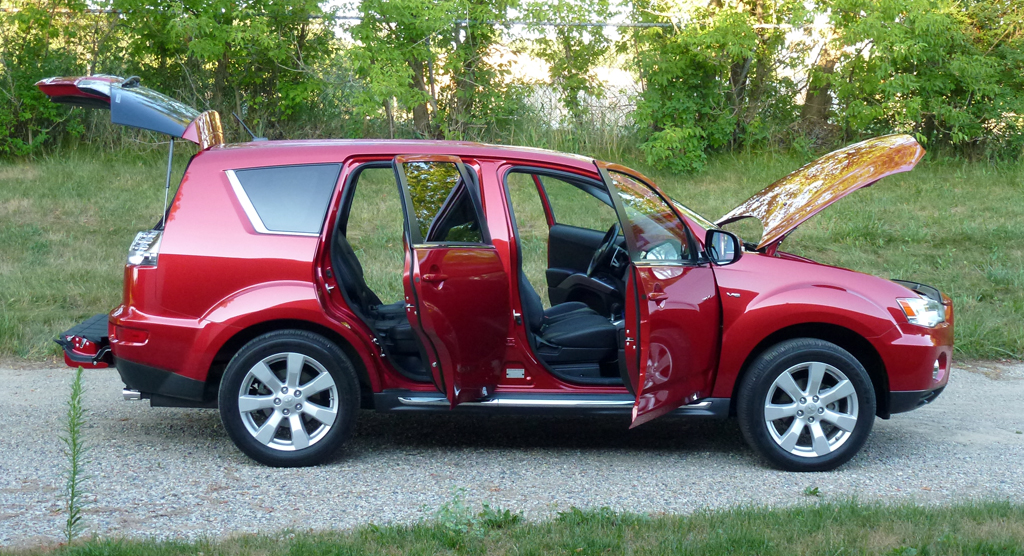
Cheers:
Exterior and Interior Styling
S-AWC System
Seating
Steering
Interior Build Quality
Jeers:
Quality of materials
Firm Ride on Streets and Expressway
V6 Engine (Power)
Navigation Unit (outdated interface)
No Standard Bluetooth/Aux Jack For The Price
Disclaimer: Mitsubishi provided the vehicle, insurance, and one tank of gas.
Year - 2012
Make – Mitsubishi
Model – Outlander
Trim – GT S-AWC
Engine – 3.0 SOHC MIVEC V6
Driveline – All Wheel Drive, Six Speed Automatic
Horsepower @ RPM – 230 @ 6250
Torque @ RPM - 215 @ 3750
Fuel Economy: City/Highway/Combined - 19/25/21
Curb Weight – 3780 lbs
Location of Manufacture – Mizushima, Japan
Base Price - $27,895.00
As Tested Price - $33,605.00 (Includes $810.00 Destination Charge)
William Maley is a staff writer for Cheers & Gears. He can be reached at [email protected] or you can follow him on twitter at @realmudmonster.






-3707742431.jpg.06edf8e14f4ccf35c60d4774a543cc11.jpg)



Recommended Comments
Join the conversation
You can post now and register later. If you have an account, sign in now to post with your account.
Note: Your post will require moderator approval before it will be visible.